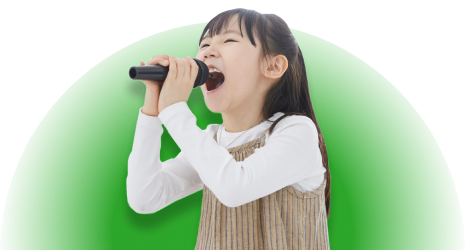


Snoring and OSA can occur due to anatomic abnormality in a child’s upper airway leading to narrowing and obstruction.
A child may have
In a small group of special kids, the airway narrowing may be due to underlying genetic conditions such as Pierre Robin Sequence or Treacher Collins Syndrome, resulting in narrowing of the jaw and facial skeleton.
A child who snores persistently should be reviewed by an ENT surgeon. At the ENT office, we will perform a comprehensive examination that includes a nasoendoscopy to assess the upper airway.
A sleep study or polysomnography may be recommended for further evaluation of the child’s sleep dynamics.





Our first approach to our paediatric patients is always to manage the condition with medications before we consider surgical means.
Most snoring children have underlying untreated or poorly treated allergic rhinitis. We endeavour to create a treatment plan that would maximise the child’s clinical response to allergic rhinitis; this may involve certain household measures, intranasal steroids, oral antihistamines, and other medications.




Our first approach to our paediatric patients is always to manage the condition with medications before we consider surgical means.Most snoring children have underlying untreated or poorly treated allergic rhinitis. We endeavour to create a treatment plan that would maximise the child’s clinical response to allergic rhinitis; this may involve certain household measures, intranasal steroids, oral antihistamines, and other medications.



Weight loss measures may be recommended if the child is likely to benefit.



As the name implies, the application of CPAP to the narrow upper airway (similar to blowing air continuously into a bouncy castle!) allows it to maintain its shape – essential for oxygen transfer. This is done via a face mask and a special machine at the child’s bedside. This treatment plan is administered by a pediatric sleep physician in consultation with an ENT surgeon.
A child with significant snoring at night may require a comprehensive evaluation by a paediatric ENT surgeon and a paediatric respiratory physician. A full treatment plan can only be crafted after such a careful evaluation.